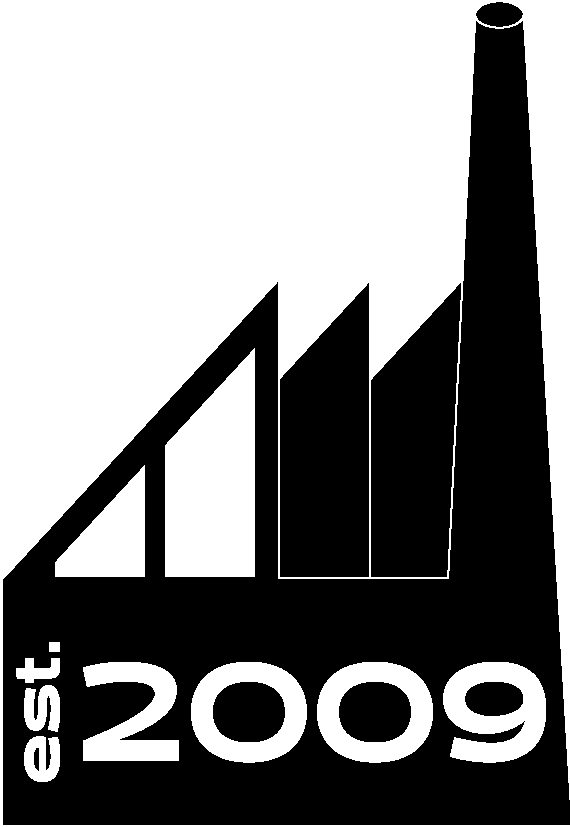The old factory sits still and toothless and faded like the eyes of a cadaver. Where are we now? We are serving Yuengling Lager and jalapeno poppers and dealing cards at an endless blackjack table. We are different than our parents.
Three smokestacks serve as a memorial. Where are we now? We are waiting tables, serving designer beer and selling Nikes made in foreign lands.
Gutted warehouses are reinvented with urban chic, only faded company names reminding us of what used to be. Where are we now? We are living in shiny studio apartments with exposed brick and high ceilings.
This is the landscape of my life, the places that shaped me.
I was raised in Bethlehem, Pennsylvania, where Bethlehem Steel once produced a large portion of American might. The factory sits in a grey valley, below a bridge leading to the Southside. (That bridge was built with steel imported from Japan.) What remains of Bethlehem Steel is re-imagined, redeveloped into hotels and casinos and bars—neon and alive with luster. In many ways it’s wonderful. As a kid, I remember driving by these buildings with smashed windows and wanting to smash some myself. As a teenager, we got drunk and ran around the weedy factory yards among the concrete, steel and silenced buildings. It was a world displaced from time.
I moved to Pittsburgh, Pennsylvania for graduate school and served tables in a planned consumer village called the Waterfront. The Homestead High Level Bridge (now dubbed the Beer Bridge) once upon a time led hard working men and women to the mighty US Steel. It now leads consumers to shoe stores and fish houses and chain brew pubs. Only three smokestacks remain, reminding us of what used to be. They are power-washed and sanitized without a smudge of soot or grim.
After graduate school, I moved to Denver, Colorado. I knew nothing about this place except there was skiing close and more than 300 days of sunshine. I knew nothing of its industrial past. I knew no one. I got a job in LoDo, the former warehouse district, the relatively recent home to hobos and trashcan fires that has since been redeveloped into high-end lofts, yoga studios and flashy bars. This is the course of American evolution. Good or bad—I don’t know. However, I can say that a decade as a server taught me there’s something missing. Maybe it’s just human to want your work to last, to take your kids somewhere and say, “I built that [fill in the blank]. I created that [fill in the blank]. That is me. That is what I do.” Whether it’s artificial or learned or the reason our grunting ancestors painted on cave walls—I have the desire to create something I can see and touch.
So where are we now? We are at the Umbrella Factory. WELCOME. We started with one simple idea. What if we could start a factory where we employed friends? What if we could bring people together under the umbrella of like-minded goals? What if we could unite people behind creating something meaningful? That is the hope and the promise. In another breath, a second goal arose during our evolution. With corporate homogenization, chain restaurants, bookstores, coffee shops, shoe stores, burrito joints—all the places I’ve lived have a similar feel. In some ways it’s comforting. In others, it’s sad and disconcerting. We all wear the same jeans.
What if we could bring these two ideas together by creating something tangible and establish a distinct community along the way? So what do we create—umbrellas? Who knows anything about umbrellas? Not us here in Denver. However, we do recognize great writing and believe that it’s just as important as umbrellas or cars or steel or laptops or coffee cups. We hope you feel the same.

